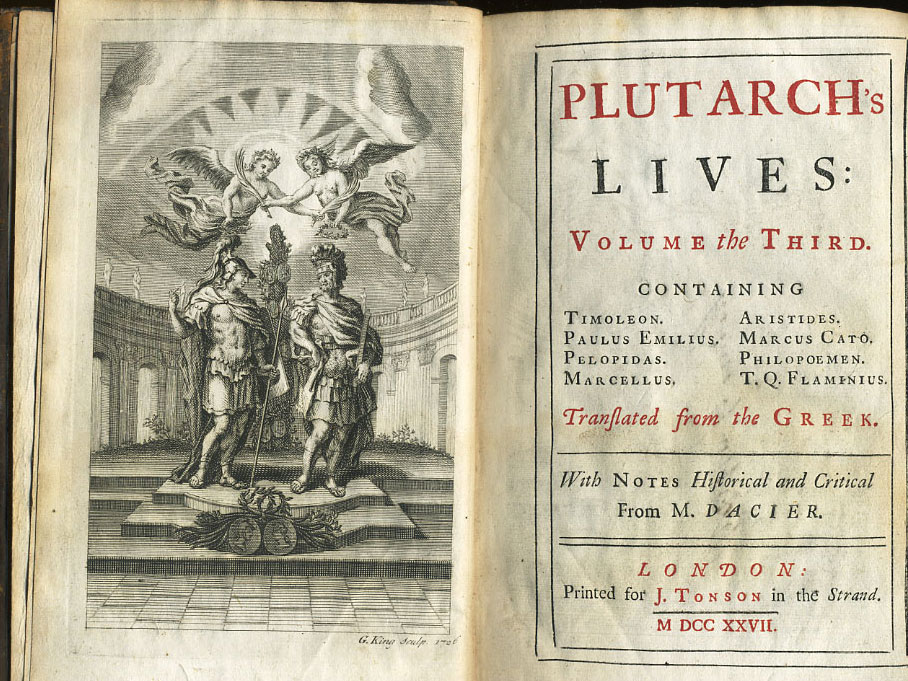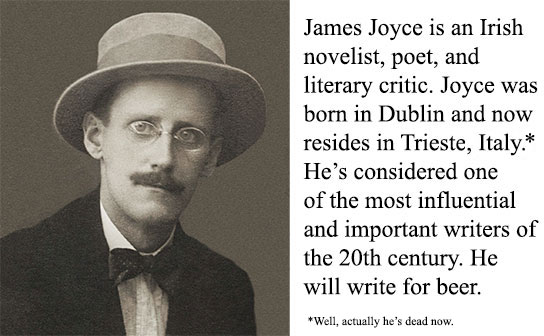
In life, and as an editor for ProofreadingPal, I try to follow certain golden rules, and one of them is definitely to avoid making assumptions about people, experiences, unclear meanings, anything that can potentially fall prey to the dreaded assumption. There is one place, though, where I find it hard to follow this rule: I almost always judge a book by its cover. Call me a hypocrite, if you will.
Get a free sample proofread and edit for your document.
Two professional proofreaders will proofread and edit your document.
I have a little routine at the library. I peruse the “new books” looking for interesting spines. Then I look at the front and back covers; usually a book with an acceptable spine also passes the cover test. Next, I read the book description on the inside flap, or back if it’s a paperback. If this sounds interesting, it’s time for the final test: the author information.
Authors! These little blurbs about you are oh, so important. It’s common for library patrons and those who select which books to publish and promote to have some version of my library routine, and for that reason in today’s post I will describe how to write a good author bio.
Your bio is often the first impression you make on a potential reader or publisher, and if you are not well-known in the industry, this is especially important. Readers may not even always pick up a book by a new author, but if you’re new to them and they do consider your book, you’d better be darn sure to have a bio that doesn’t make them want to put your book right back down.
Your author bio is the third-person “about the author” blurb on or inside a book that authors provide in submissions to publishers and agents. It’s short, about a hundred words, so you’ve got to make all the words count.
The first line or sentence of a bio is crucial because it can be used to point out your most convincing qualities (“Bob Smith, author of X-award-winning novel, Title” has a nice ring, no?). Or if you don’t have an award or other impressive mention, it’s an opportunity to personalize yourself, to connect with readers (“Bob Smith, born and lovingly raised in the Big Apple, has spent many years living in south-eastern Europe”).
Bios generally include information about where, with whom, and how a person currently lives as well (“Bob Smith lives in Jones, New York, with his family and two frisky Maine coon cats and spends his daytime hours teaching 8-year-old humans to become cogs in the machinery of society”). This statement often comes at the end of the bio.
Sandwiched in between is a limited number of words where you decide what about you makes you the most impressive, authoritative, and cool author of the book/article/story in question. You may include more about your background or about what themes are important to you. What you include depends on the work as it is an opportunity to give authority to you as a figure in your field. Award, qualifications, and other publications not mentioned elsewhere in your bio can be mentioned here as well.

Another important consideration when writing your author bio is the vibe. By starting your bio one way or another, you give off a neutral, serious, humorous, or, as in the example above with Bob and his Maine coons and 8-year-old cogs in the machine, an off-beat and/or funky vibe. To get the vibe just right, you’ve got to think about who and what this book/article/story is for.
A bio for the author of a weighty, scientific work, for example, would need a different tone from a bio for the author of a futuristic story about robots and animals taking over society.
Finally, take your time. Write a draft (or a few drafts), let them linger, return to them, and make solid decisions about how you want this critical little piece about little old you to come across.
Writing your bio may prove a difficult task: summing up who you are and your worth means selling yourself in a hundred words. Of course, that’s tough! It reminds me of how some of the hardest proofreading jobs I have done have been some of the shortest. When you’ve got lots to accomplish with very few words, you need to polish each word, phrase, and sentence like a precious jewel.
And as always, we’re here to help with your book or dissertation or whatever else you want to put your author bio on. Try our proofreading services for free!
Sarah P.
Get a free sample proofread and edit for your document.
Two professional proofreaders will proofread and edit your document.
Get a free sample proofread and edit for your document.
Two professional proofreaders will proofread and edit your document.
We will get your free sample back in three to six hours!